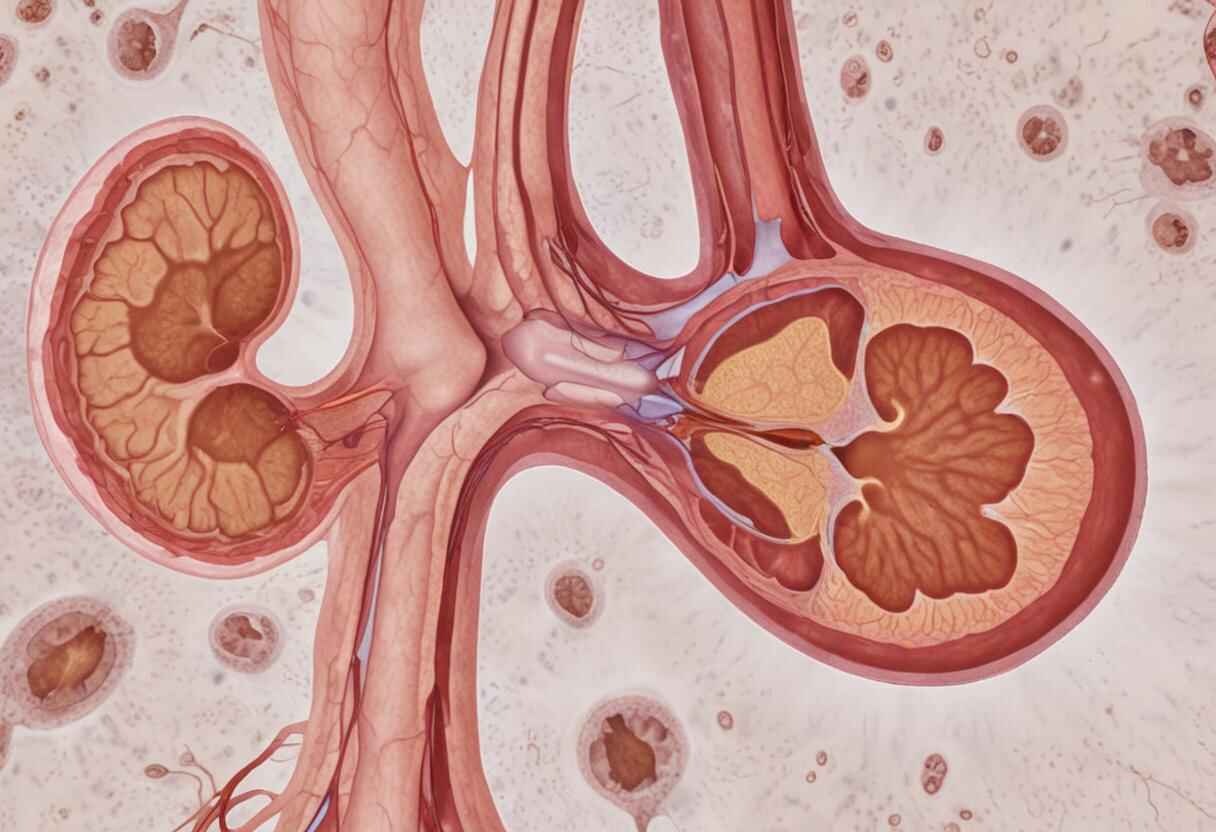Pyelonephritis is a common infection in the kidneys, part of the urinary system. If not treated, it can cause serious problems. It’s important for doctors to diagnose and code pyelonephritis correctly to treat it well and handle the billing. This article talks about how pyelonephritis is coded using the ICD-10 system. It helps doctors and patients understand it better.
What is Pyelonephritis?
Pyelonephritis is when bacteria infect your kidneys, usually from the bladder. It makes you feel sick with symptoms like fever, pain in your side, throwing up, and needing to pee a lot. If you don’t treat it quickly, it can harm your kidneys and spread infection in your body.
ICD-10 Coding for Pyelonephritis
In the ICD-10 system, pyelonephritis is put in a group of codes called N10-N12, which is for problems with the urinary system. Here are the specific codes for pyelonephritis:
- N10: This is for when you have a sudden kidney problem called acute tubulo-interstitial nephritis.
- N11: This code is for chronic tubulo-interstitial nephritis, which means your kidney problem lasts a long time.
- N12: If doctors can’t tell if your kidney problem is acute or chronic, they use this code, called tubulo-interstitial nephritis.
These codes help doctors know exactly what type of pyelonephritis you have and how serious it is.
ICD-10 Codes for Pyelonephritis
It is a kidney infection that’s a type of UTI. Doctors use special codes called ICD-10 to diagnose it. Here are some common ones:
For Acute Pyelonephritis
- N10.0: This is when you have a sudden kidney problem, but it’s not clear if it’s temporary or long-term.
- N10.1 to N10.4: These codes show how bad your kidney problem is, from a little problem to kidney failure.
- N10.8: If your kidney problem doesn’t fit into the other categories, doctors use this code.
- N10.9: If doctors can’t say exactly what’s wrong with your kidney, they use this code.
For Chronic Pyelonephritis
- N11.0: This code is for long-term kidney problems, but it’s not clear if it started suddenly or has been there for a while.
- N11.1 to N11.4: These codes show how bad your long-term kidney problem is, from a little problem to kidney failure.
- N11.8: If your long-term kidney problem doesn’t fit into the other categories, doctors use this code.
- N11.9: If doctors can’t say exactly what’s wrong with your long-term kidney problem, they use this code.
For Unspecified Pyelonephritis
- N12.0: This code is for a kidney problem, but it’s not clear if it’s temporary or long-term.
- N12.8: If your kidney problem doesn’t fit into the other categories, doctors use this code.
- N12.9: If doctors can’t say exactly what’s wrong with your kidney problem, they use this code.
Doctors pick the right code based on how you’re feeling, tests they do, and what they see on images of your body.
Importance of Proper Coding
It’s really important to code pyelonephritis correctly for a few reasons:
- Helping Patients: When doctors write down everything properly, it means patients get the right treatment and care afterwards.
- Paying Bills: Getting the code right makes sure hospitals get paid the right amount for helping patients, and it lowers the chance of problems with payments.
- Tracking Diseases: When all the codes are put together, it helps health officials see how many people are getting sick and where resources are needed most.
Commonly Used Codes
Doctors often use the code N10.1 for acute pyelonephritis, a common kidney infection. This code covers the inflammation caused by bacteria in the kidney. It’s important for doctors to write down how bad it is and if it’s on one side or both sides for the right code.
Coding Guidelines
Following the rules for coding is really important to get pyelonephritis coding right. Doctors should write down where the infection is (like right kidney, left kidney, or both), if there are any problems, and what tests show. Doing this properly helps pick the right code and makes sure all the important healthcare information is recorded.
Clinical Documentation
To pick the right ICD-10 code, doctors need to write down everything about the patient’s health history, what they find in the checkup, test results, and any pictures of the inside of the body. Writing down all these details helps make sure the code is correct. This is important for giving the patient the better care and for sorting out the bill.
Conclusion
Pyelonephritis is a serious infection in the kidneys that needs to be diagnosed and treated correctly. Doctors and nurses need to know the right ICD-10 code for pyelonephritis so they can take care of patients well and get paid correctly. Picking the right code based on how the patient feels and what the doctor writes down helps hospitals treat pyelonephritis better and helps patients get better.
Visit here: ICD-10-CM CODES
